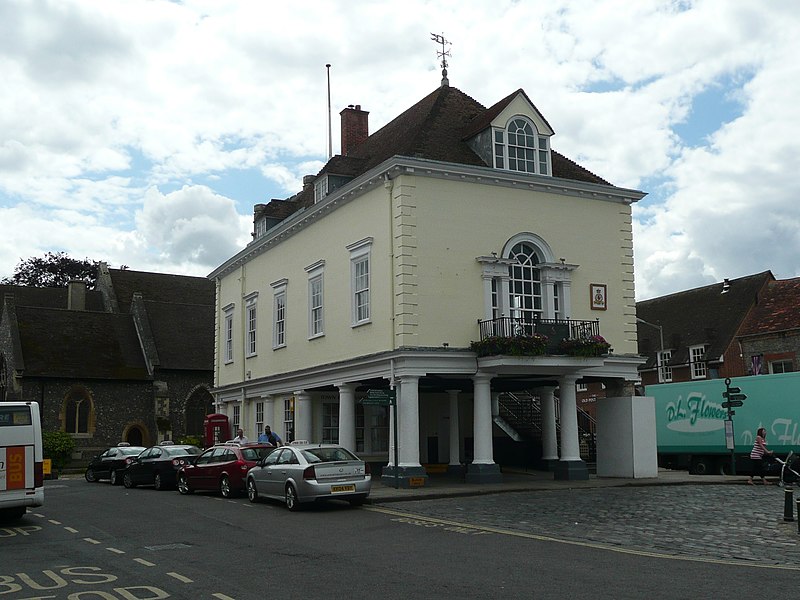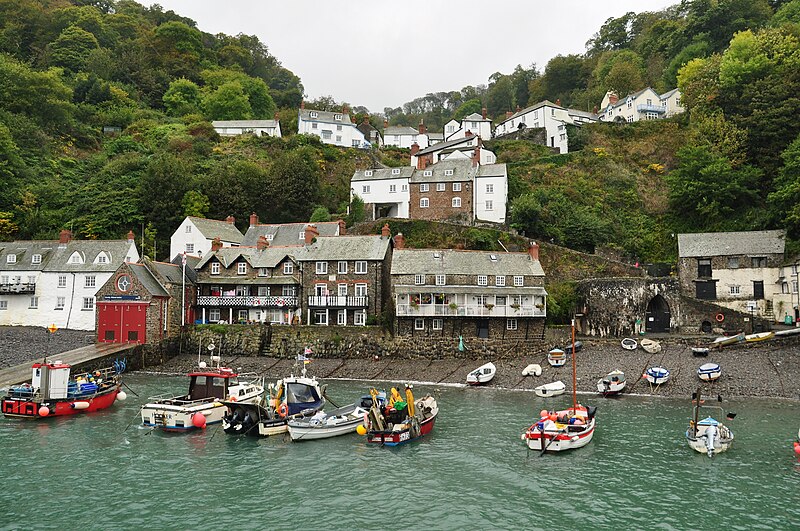The area to the east of Oxford, especially the River Thames and the Chilterns, is characterised by quaint towns and villages with genteel red brick buildings, village greens, pretty pubs, cricket and horseriding. In short, not the sort of place one would expect to be a hotbed of murder and mayhem. However, in the TV world this is the county of Midsomer, home of the Midsomer Murders series, and there have been enough murders over the years for the series to clock up a staggering 20 seasons since its launch in 1997. The poor soul charged with solving all these murders is Detective Chief Inspector Tom Barnaby, formerly played by John Nettles, who has more recently been replaced by Neil Dudgeon.
The fictional village at the heart of all this bloodshed is Causton. As is often the case, more than one real life location has been used for the filming of the Causton scenes. The three main locations are Wallingford, Thame and Henley-on-Thames, all of them market towns in South Oxfordshire.
In the Thameside town of Wallingford, the market square features in the series and the Corn Exchange plays the role of Causton Theatre. Inspector Barnaby is often seen driving across the bridge which spans the River Thames. The Midsomer Worthy Choir of the series has singers from the local choir in Wallingford. Visitors to the town who are fans of the series should head to the
museum, which has displays about the filming in the town, along with scripts and some of the props.
The town of Thame (named after the River Thame rather than the more famous Thames) has provided a number of locations for the series, for example the former tourist office, which is depicted as Causton’s library, the Town Hall as Causton Town Hall in Shot At Dawn (season 11) and others, the Market House,
Rumsey’s Chocolaterie as Madrigal's Camera Shop in Picture of Innocence (season 10) and three of its inns, The Swan,
The Black Horse and
The Spread Eagle.
Thame Museum was used in Secrets and Spies (season 12). Last year the town started offering
walking tours of the locations used in the series.
 |
| Upper High Street, Thame, with the Swan Hotel - geograph-4126457-by-Stefan-Czapski, via Wikimedia Commons |
In Henley-on-Thames, the Town Hall serves as Causton’s court house in Last Year’s Model (season 9) and
The Argyll pub features in the same episode. The butcher’s shop
Gabriel Machin is seen in The Magician’s Nephew (season 11), playing Anton Thorneycrofts butcher’s. Henley is best known for its annual Royal Regatta, and this fact is put to good use in Dead in the Water (season 8), which features the Midsomer Regatta. One of the town’s restaurants,
CAU (formerly La Bodega at the time of filming), is seen in Down Among the Dead Men (season 9), with Inspector Barnaby buying drinks in the garden of the establishment, renamed Cafe Vinters. No Oxfordshire market town would be complete without a ramshackle antiques shop, and in Henley it is Tudor House Antiques which was chosen as a location in A Sacred Trust (season 14).
 |
Hart Street, Henley-on-Thames - geograph.org.uk - 526487. Photo by Colin Smith, via Wikimedia Commons
|
This part of the country is full of pretty villages which were used in the series, too many to mention in full. Moulsford, near Wallingford, features in Dead in the Water. Warborough, set back a bit from the river, is the home of the
The Six Bells, where Barnaby and his sidekick Sergeant Troy are sometimes seen having a pint while discussing the latest case. The exterior of the pub has been renamed several times for different episodes, as The Quill Inn, The Black Swan and The Luck in the World. Further afield, just outside Maindenhead, the village of Holyport is the focal point of Harvest of Souls (season 18), its picturesque pub
The George on the Green on the village green being renamed The Black Dog for the filming.
 |
The Six Bells, Warborough - geograph.org.uk - 1392017. Photo by Jonathan Billinger, via Wikimedia Commons
|
For a comprehensive compendium of information on the series and the locations used, head over to the
Visit Midsomer website.






























